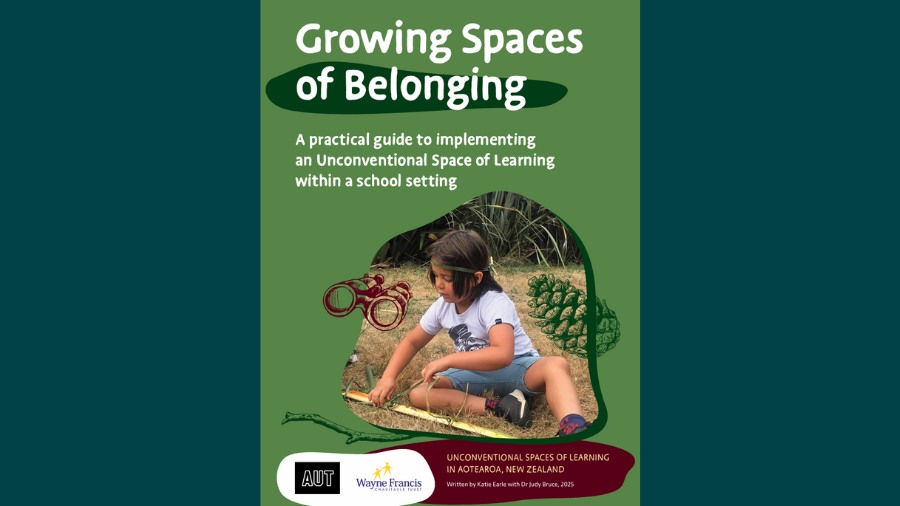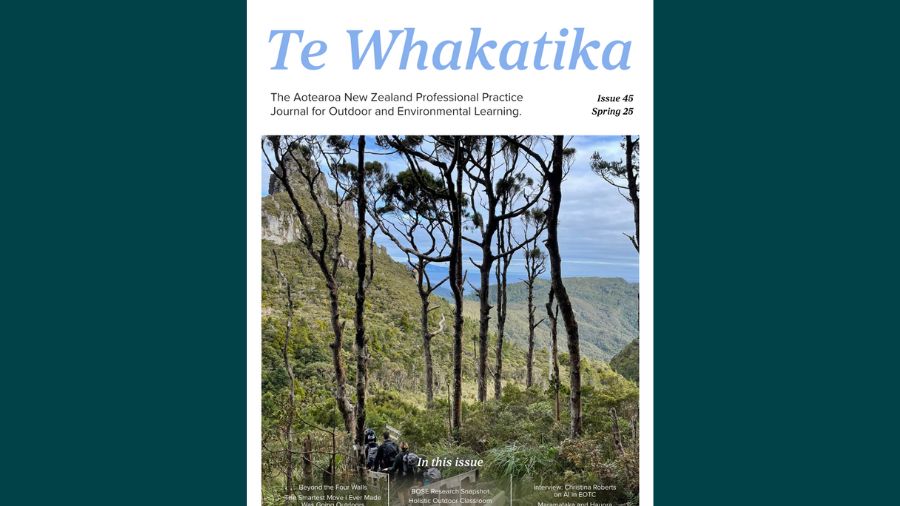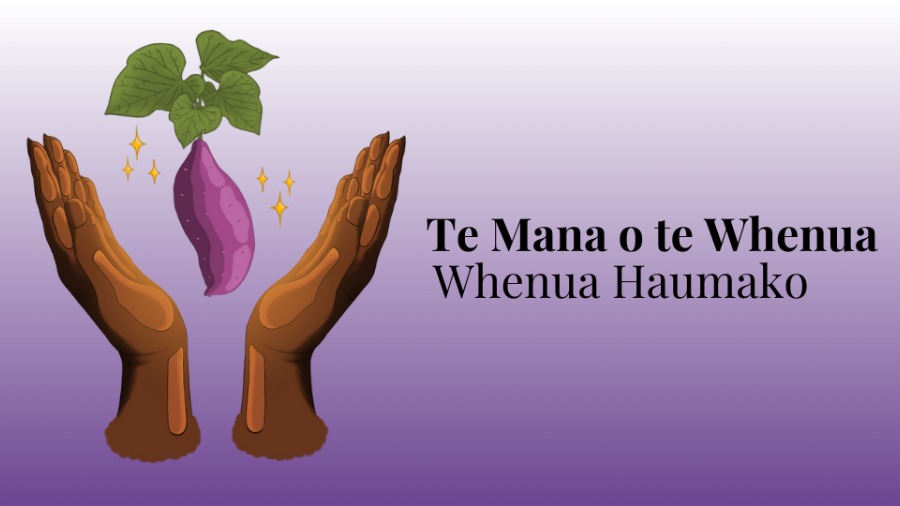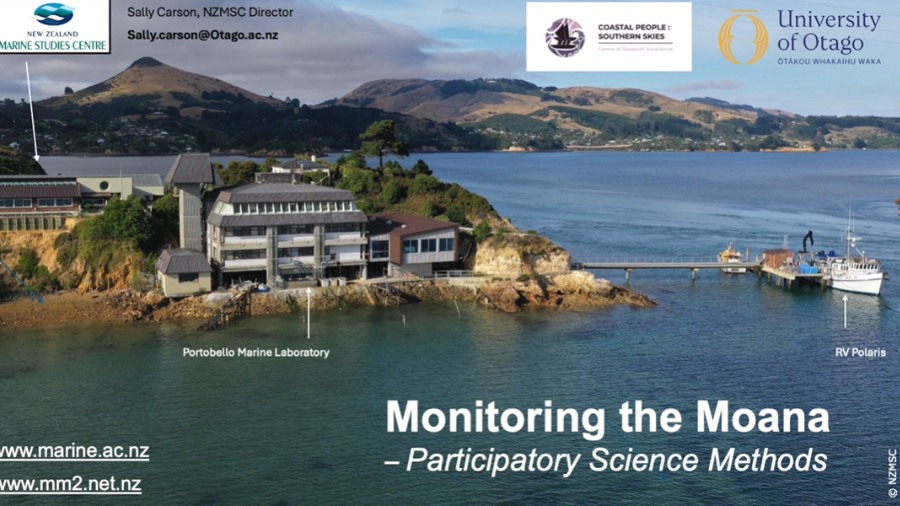Growing Spaces of Belonging
A practical guide to implementing an Unconventional Space of Learning within a school setting.
Across Aotearoa, there has been a growing grassroots movement of parents choosing to enrol their primary aged child in Unconventional Spaces of Learning (USoL). There are a range of USoL one day schooling options that are connected to nature and sustainability, support holistic wellbeing, and give tamariki freedom to lead their learning. Programmes operate alongside or outside the formal school system, and are sensory rich, play-based, real-world learning environments that support agency, belonging and nervous system regulation.
Unconventional Spaces of Learning offer alternative ways of learning that support children to develop holistically. We have used this term instead of Alternative Education which is the preferred term internationally.
These environments contrast sharply with the overstimulation of a busy indoor classroom, offering many tamariki both a physiological and emotional reset. For many whānau Māori, connection to the whenua and tikanga were not an extra but a foundation of safety and positive self- identity.
A recent research project examined USoLs and the inquiry explored a range of issues relating to quality assurance, equity and access, and long-term provision. The central inquiry guiding this work was: How do unconventional spaces of learning support neurodiverse tamariki, aged between 5 -12 years, in Aotearoa?
To explore this, we conducted qualitative narrative research through textual analysis, interviews, stories and in-person visits across more than 30 case studies. We had conversations with whānau, kaiako, hapū, advisors, and principals. The guiding question evolved into four braided phases: identifying common principles, observing what communities were already doing, understanding what schools could learn, and exploring what systems could change. Each voice helped us to see the emergence of new knowledge, grounding our research in collective knowledge.
Across all case studies stories of tamariki neurodivergence was common (including those with ADHD, Dyslexia, and Autism). Many students experienced sensory or cognitive overload within classroom environments that led to withdrawal, avoidance, or big emotional escalations. This led to many students experiencing negative identity and unmet needs with classroom spaces. Their burdens weighed heavily on their shoulders and impacted their learning and engagement. Although schools were trying, they often lacked the right spaces, rhythms, or relationships to support these learners well.
Findings from the research indicated that USoLs had a positive impact on tamariki hauora, attendance and engagement, especially when their needs were not met in the classroom. In hybrid in-school USoL programmes, strong relational leadership was the key enabler to allow a trial to begin and ultimately, thrive. Students attending gained physical skills, but also their parasympathetic nervous system could calm down, offering an emotional reset for these students. There were fewer reported incidents of verbal outbursts, physical violence, or avoidance in classroom tasks.
Yet, across both externally run USoLs or an in-school hybrid model vulnerabilities remain due to limited resourcing, reliance on a single kaiako, and inconsistencies across environments. For USoLs to flourish at scale, system-level support is needed.
To provide support for USoL growth, through this research the following initiatives have emerged:
1. The creation of a Highlight Report: A concise, visually clear 4-page snapshot of the research that is accessible to a wide range of audiences and used to raise awareness.
2. The development of a How-to Guide as a practical companion to the research. The Guide provides clear, practical steps primary school leaders can use to create a hybrid USoL within your own school.
3. The establishment of a Community of Practice to create opportunities for genuine collaboration and connection for practitioners working within a USoL space. The aim of the community of practice is to support practitioners to share knowledge, respond to everyday challenges, explore emerging practices and strengthen teaching and learning for tamariki.
If this kaupapa resonates with you, the Highlight Summary and How-to Guide offer clear next steps for beginning a USoL journey in your school. The Community of Practice is an emerging piece of work for USoL practitioners and if this interests you, please contact katie.earlenz@gmail.com for more information.






